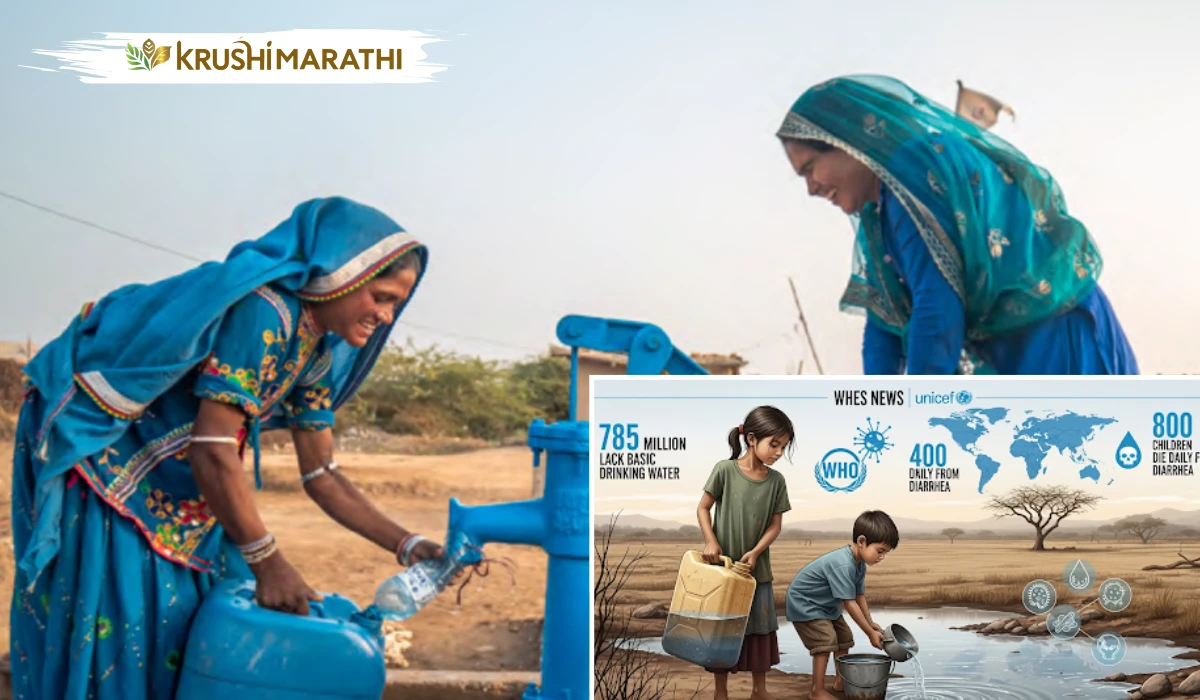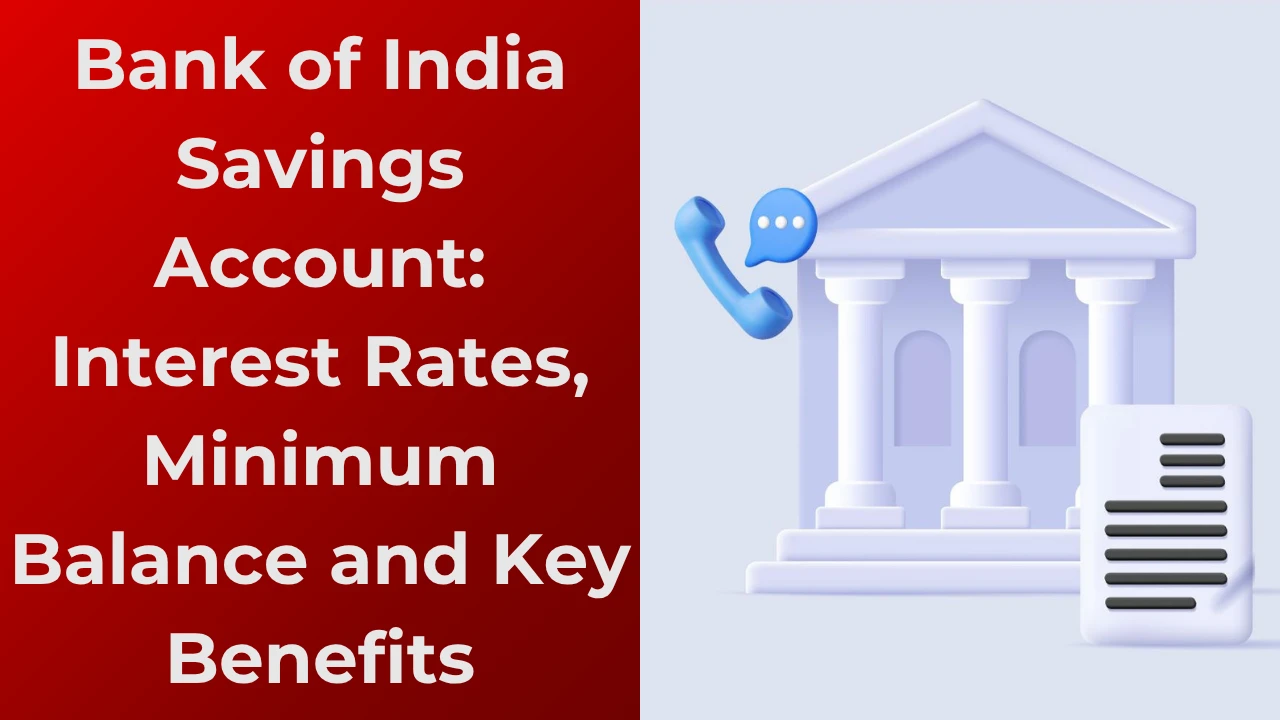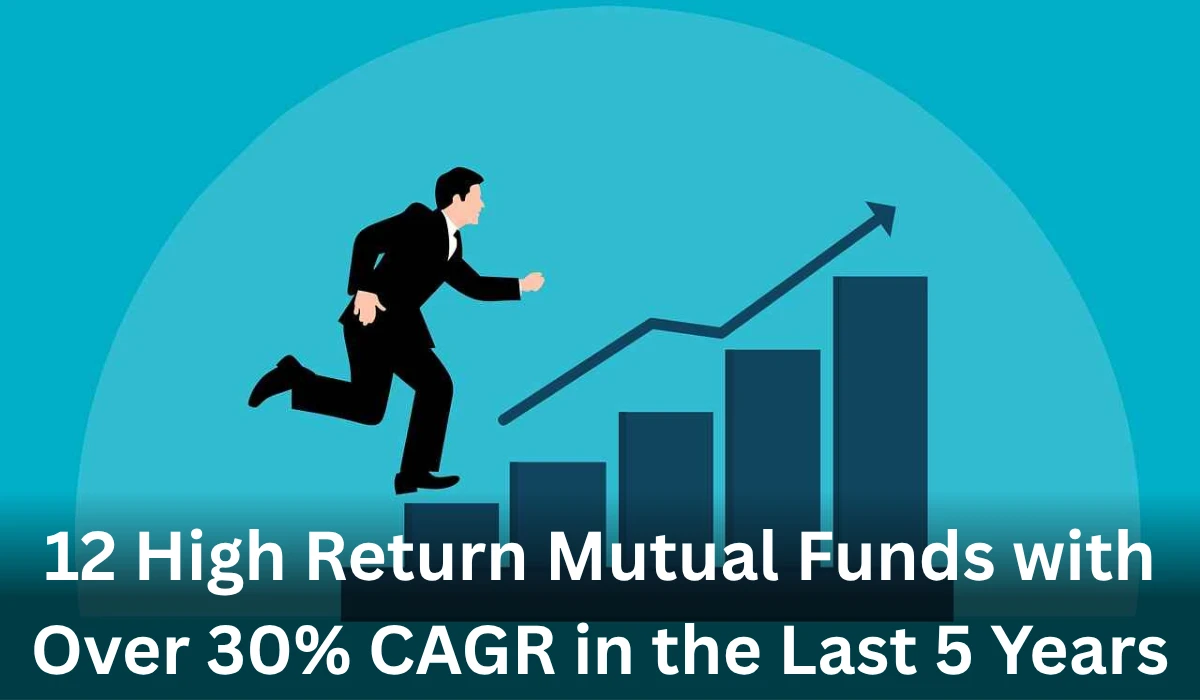Global Water Crisis Persists, WHO and UNICEF Warn
A new report from the World Health Organization (WHO) and UNICEF, released during World Water Week 2025, underscores a persistent global water crisis. Titled “Progress on Household Drinking Water and Sanitation 2000–2024: Special Focus on Inequalities,”
the report reveals that approximately one in four people worldwide equating to 2.1 billion individuals still lack access to safely managed drinking water. Despite some progress over the past decade, significant gaps remain in water, sanitation, and hygiene services, disproportionately affecting vulnerable populations.
Key Findings of the Report
The report provides a comprehensive analysis of global access to water, sanitation, and hygiene services, highlighting deep-rooted inequalities. According to the findings, 106 million people rely on untreated surface water sources, exposing them to significant health risks.
Additionally, 3.4 billion people lack access to safely managed sanitation facilities, with 354 million still practicing open defecation. Basic hygiene services are unavailable to 1.7 billion people, including 611 million who have no access to any hygiene facilities.
In low-income and conflict-affected regions, the situation is particularly dire. The report notes that safely managed drinking water coverage in fragile contexts is 38 percentage points lower than in other countries. Rural areas, while showing improvement, continue to lag behind urban regions.
Between 2015 and 2024, safely managed drinking water access in rural areas increased from 50% to 60%, and basic hygiene coverage rose from 52% to 71%. In contrast, urban areas have seen stagnant progress in these areas.
Disparities Impacting Vulnerable Groups
The report emphasizes that marginalized communities bear the brunt of these inequalities. Rural populations, low-income countries, children, minority ethnic groups, and indigenous communities face the greatest challenges in accessing essential services.
Women and girls are particularly affected, with many spending over 30 minutes daily collecting water, often from distant or unsafe sources. This burden is especially pronounced in sub-Saharan Africa and Central and Southern Asia.
Menstrual hygiene is another critical concern. Data from 70 countries indicate that while most women and adolescent girls have access to menstrual materials and private spaces, many lack sufficient resources to manage menstruation effectively.
This limitation restricts their participation in school, work, and social activities, with adolescent girls aged 15–19 facing greater barriers than adult women.
Challenges to Sustainable Development Goals
The report warns that achieving the United Nations’ Sustainable Development Goals (SDGs) by 2030 particularly those related to ending open defecation and ensuring universal access to water, sanitation, and hygiene services is becoming increasingly difficult. Current progress is insufficient to meet these targets, especially for safely managed services, which remain out of reach for billions.
Dr. Ruediger Krech, WHO’s Director of Environment, Climate Change, and Health, emphasized the urgency of the situation, stating, “Water, sanitation, and hygiene are not privileges, they are basic human rights. We must accelerate action, especially for the most marginalized communities, if we are to keep our promise to reach the Sustainable Development Goals.”
Similarly, Cecilia Scharp, UNICEF’s Director of WASH, highlighted the impact on children, noting, “When children lack access to safe water, sanitation, and hygiene, their health, education, and futures are put at risk. These inequalities are especially stark for girls, who often bear the burden of water collection and face additional barriers during menstruation.”
Factors Exacerbating the Crisis
Several factors are intensifying the global water crisis. Climate change is disrupting water availability, with extreme weather events affecting both quantity and quality of water sources.
Rapid population growth and urbanization are placing additional strain on already limited infrastructure, particularly in rural areas where facilities are often inadequate. Furthermore, insufficient financial resources and weak policy implementation continue to hinder progress toward universal access.
A Call for Urgent Action
The WHO and UNICEF report serves as a stark reminder that access to safe drinking water, sanitation, and hygiene is not only a matter of public health but also a critical issue of social justice and development. Without immediate and concerted efforts, the global community risks falling short of the 2030 SDG targets.
The report calls for accelerated action to address these disparities, particularly for the most vulnerable populations, to ensure that access to these fundamental human rights is realized for all.














